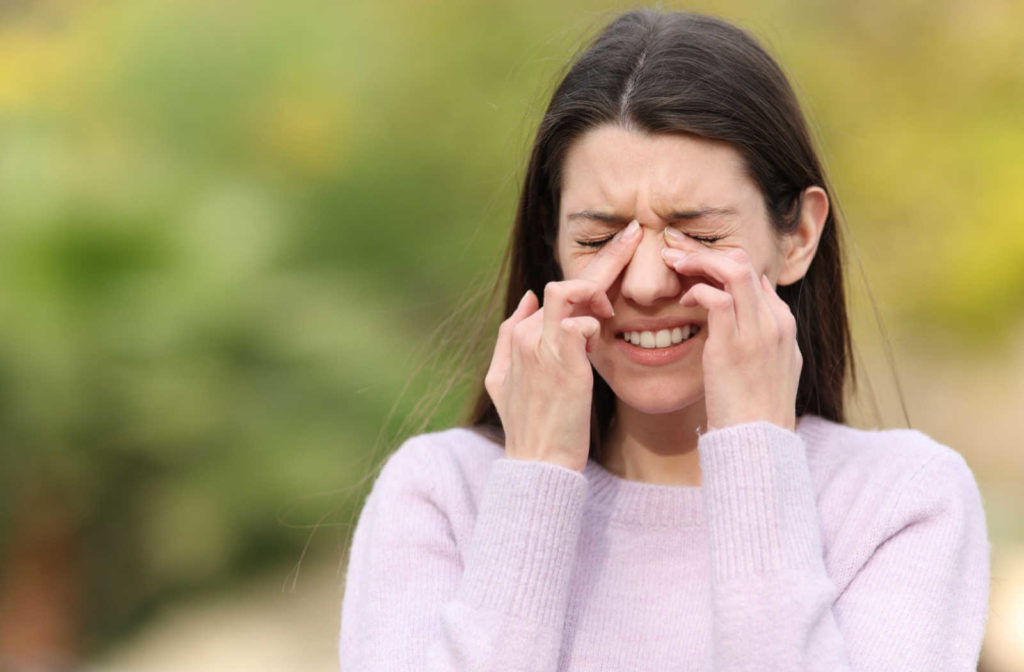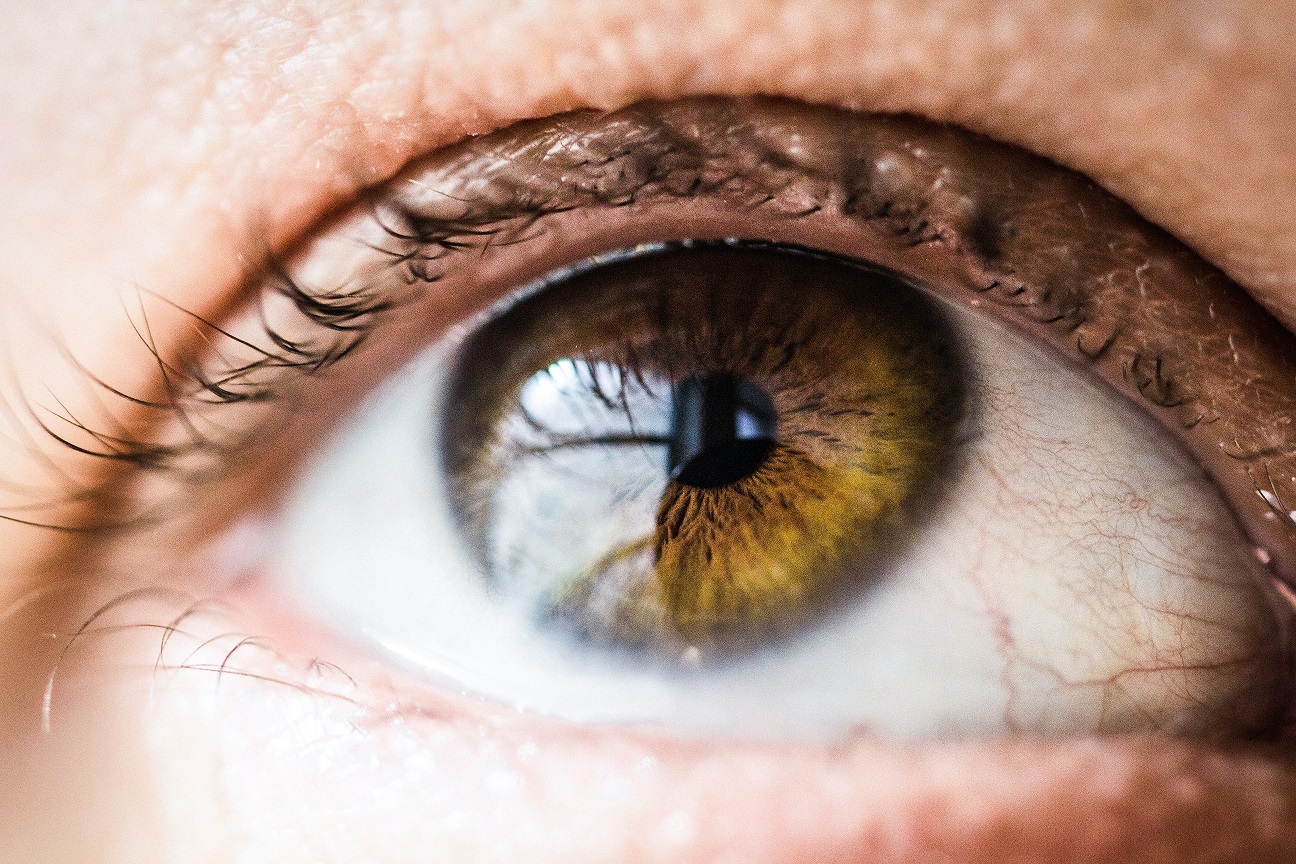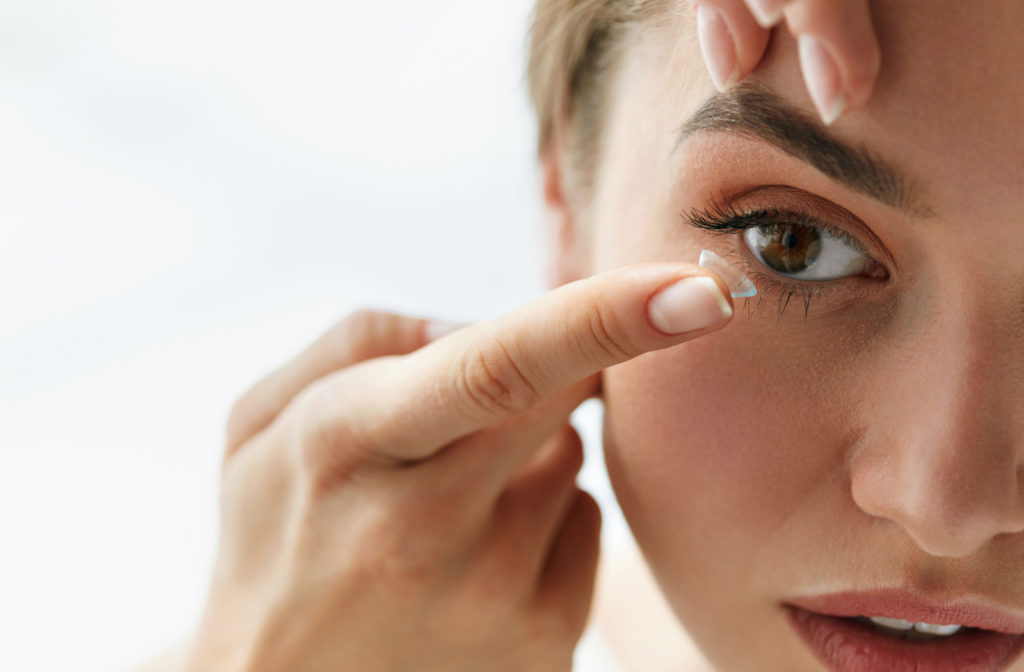For many people, wearing contact lenses is the more appealing method of vision correction. Some people enjoy the freedom of […]
Do Contact Lenses Dry Your Eyes?
Posted in Contact Lenses
For many people, wearing contact lenses is the more appealing method of vision correction. Some people enjoy the freedom of […]
There are many dry eye treatments, and several are designed for contact lens users. Some optometrists use scleral contact lenses […]
Dry eyes can be uncomfortable, but they shouldn’t prevent you from being able to see clearly. That’s why people with […]

That burning, irritating sensation under your eyelids? It’s probably dry eye—a common condition caused by a problem with your tear […]

Dry, red eyes can mean many things, but if you have recently smoked or ingested cannabis—that’s the likely cause. Cannabis […]

Chronic inflammation is identified as a significant risk factor for dry eye disease. Conditions like ocular rosacea and meibomian gland […]

